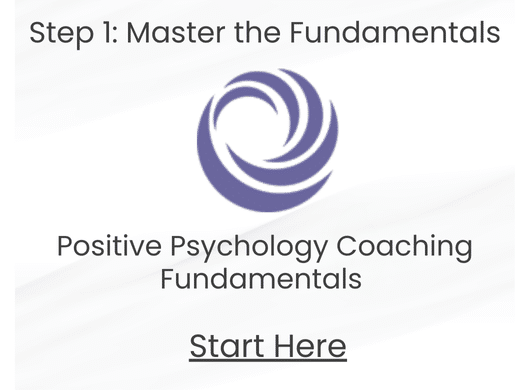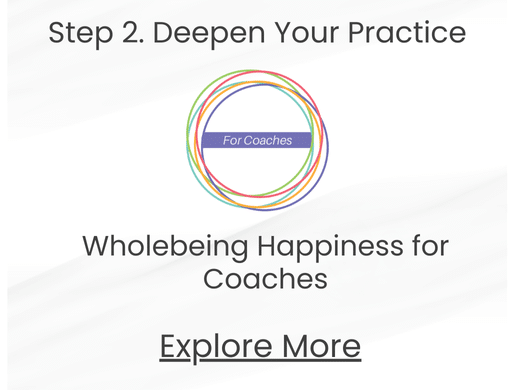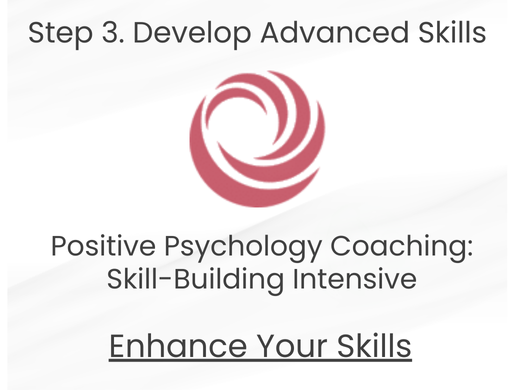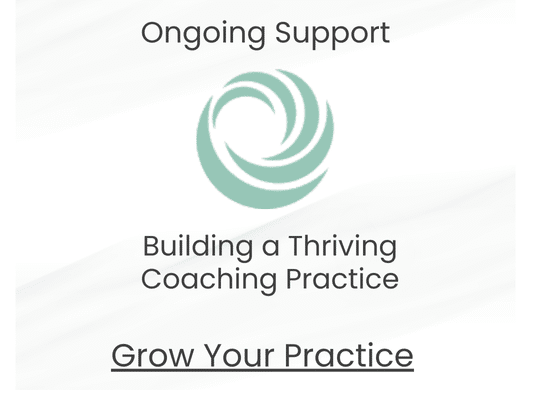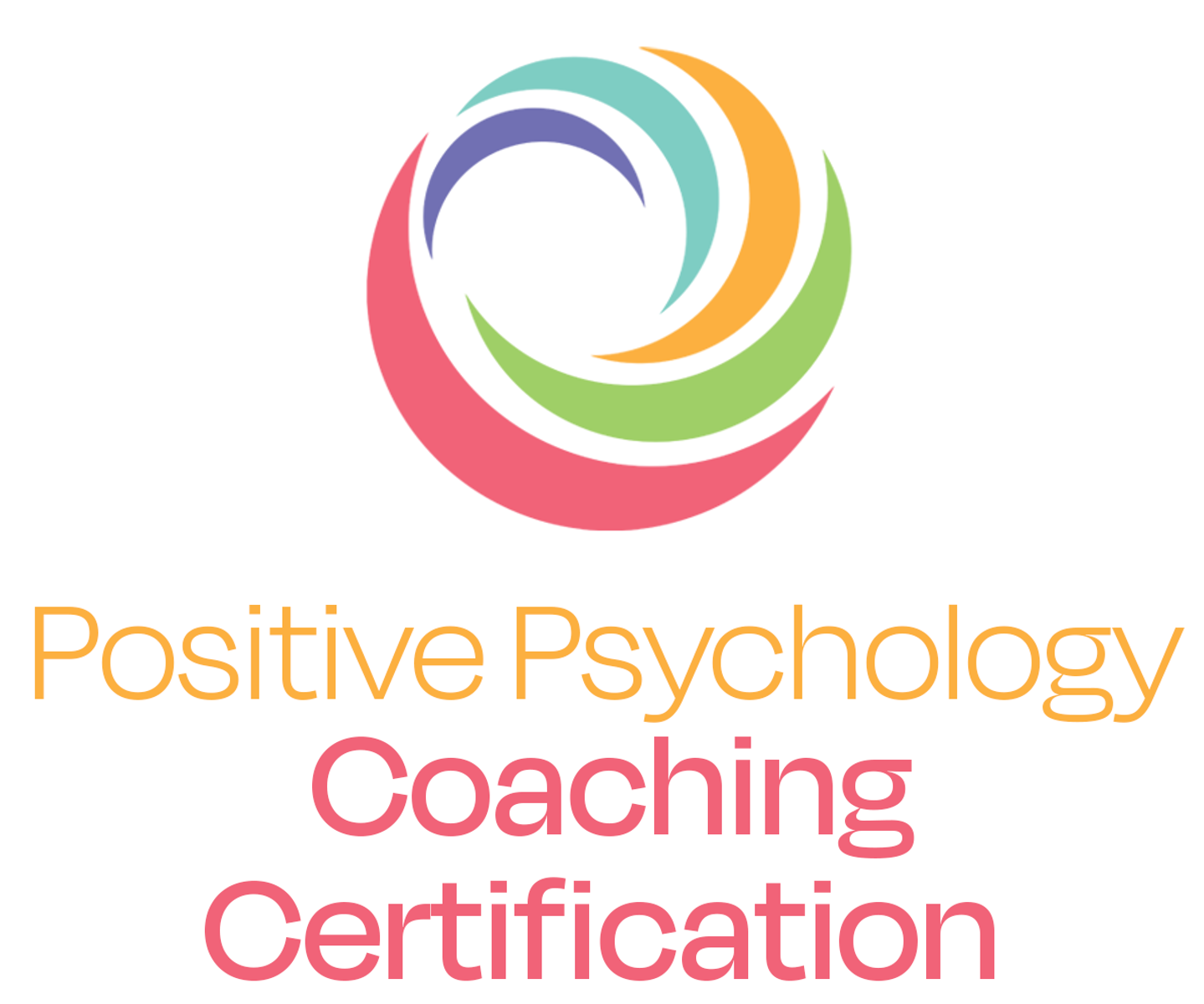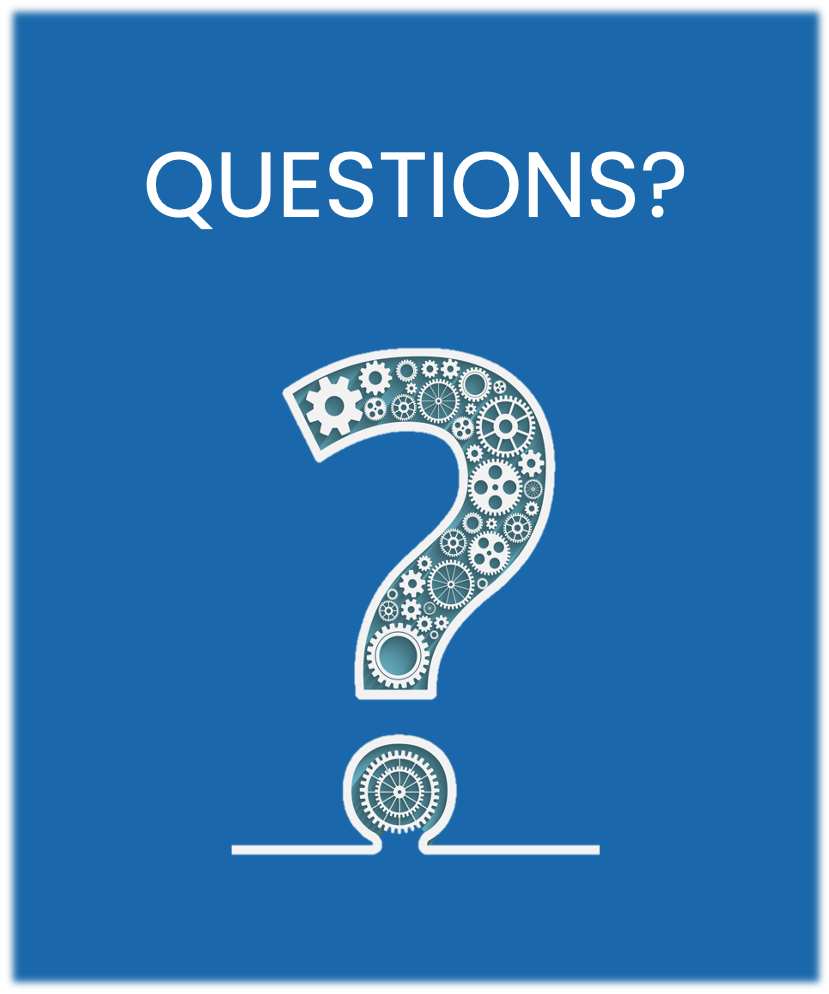by Megan McDonough
There’s a tendency to think of the brain as the master coordinator, or control room, of experience—a hierarchy of brain cells firing away orders (in the form of thoughts) that the rest of the body follows. When we buy into the basic assumption that cognition is in the driver’s seat, the next logical step is to choose and manipulate our thoughts in order to create the life we want.
But what if the heart held secrets for tapping into the brain? What if heartfelt emotions could be cultivated in an intentional way, laying the foundation to actualize positive thoughts?
Like many behind-the-scenes, “wind beneath my wings” partnerships, the role of the heart as a driver of the brain hasn’t been fully appreciated. There are more neural connections going from the heart to the brain than to any other organ in the body. In fact, the heart sends more information to the brain than the brain sends to the heart. The heart is more than an organ—it’s classified as a hormonal system, secreting oxytocin, which creates the innate pull toward social bonding and connection.
Emotions have an incredibly strong effect on thinking—more powerful than thoughts have on emotions. This is because the neural connections that send information from the emotional centers to the cognitive centers in the brain are stronger than the neural connections from the cognitive centers to the emotional centers. Which, from a practical perspective, is why it’s so hard to willfully “think” yourself out of strong emotions like anger.
Engaging the entire heart-brain/feeling-thinking/emotional-cognitive system is much more effective than pitting one against the other, because, rather than a unilateral top-down approach, our body-mind works bi-directionally as a whole unit. There is no singular seat of emotion or thought. Instead, our emotions and thoughts are constantly being created, modulated, and processed by our bodies—a unifying system that includes brain and heart (and much more).
To have an impact on a whole system, it’s best to look for a leverage point—the place that, when pressure is applied, influences the whole most efficiently and effectively. Since emotions are strong creators of thought patterns, it makes sense to focus on emotions. And the mother of all emotions is love. Positive Psychology researcher Barbara Fredrickson calls love the supreme emotion. In her book Love 2.0, she writes:
Whereas all positive emotions provide benefits—each, after all, broadens your mindset and builds resourcefulness—the benefits of love run far deeper, perhaps exponentially so. Love is our supreme emotion that makes us come most fully alive and feel most fully human.
That’s why love is the focus, theme, and intention for the next Embodied Positive Psychology Summit. While some might be scared away by its “mushy-gushy” connotations, I’m determined to drag love out of the closet and expose it as an incredibly powerful lever for supporting deep and meaningful connection with self, others, and the divine (however you define that).
Ultimately, at the summit and in life, our goal is to embody what Barbara Fredrickson calls “the most essential emotional experience for thriving and health.”
Megan McDonough is CEO of Wholebeing Institute, an educational organization co-founded with Dr. Tal Ben-Shahar. WBI is committed to spreading ideas and practices that can help individuals and groups live life to its fullest.
Click here for a course listing.



